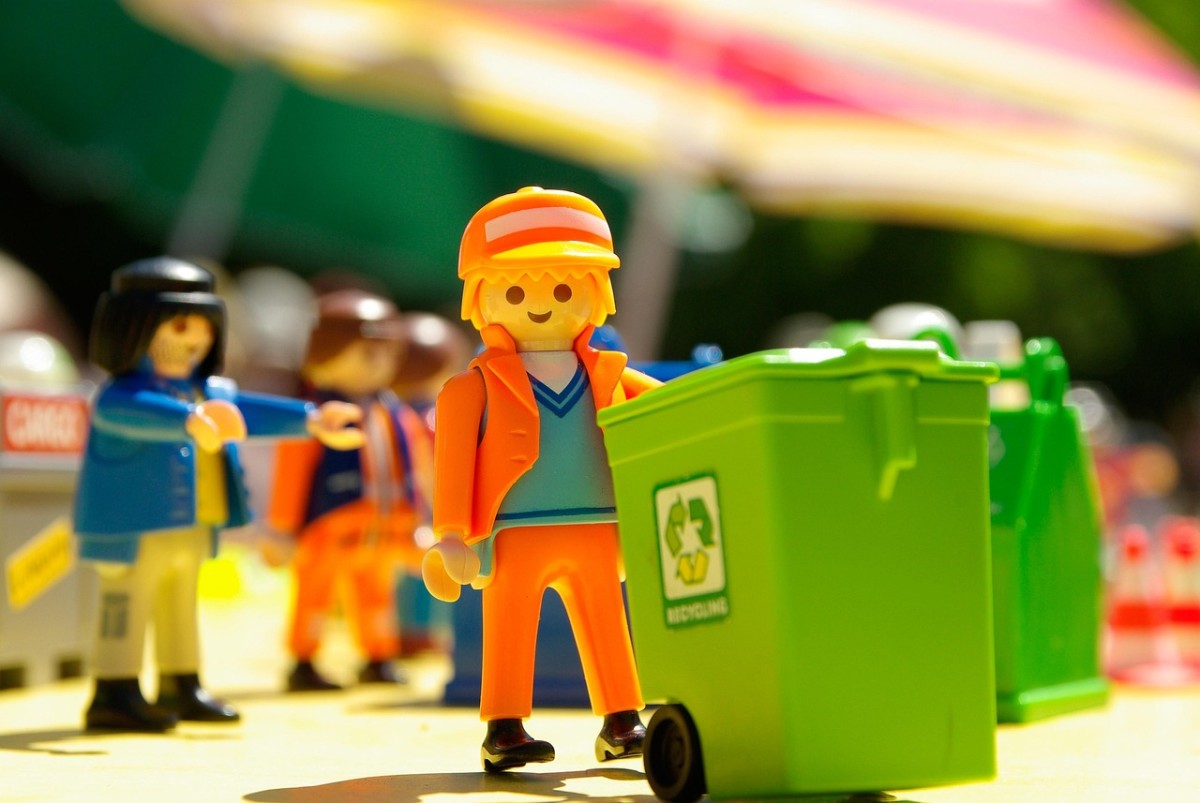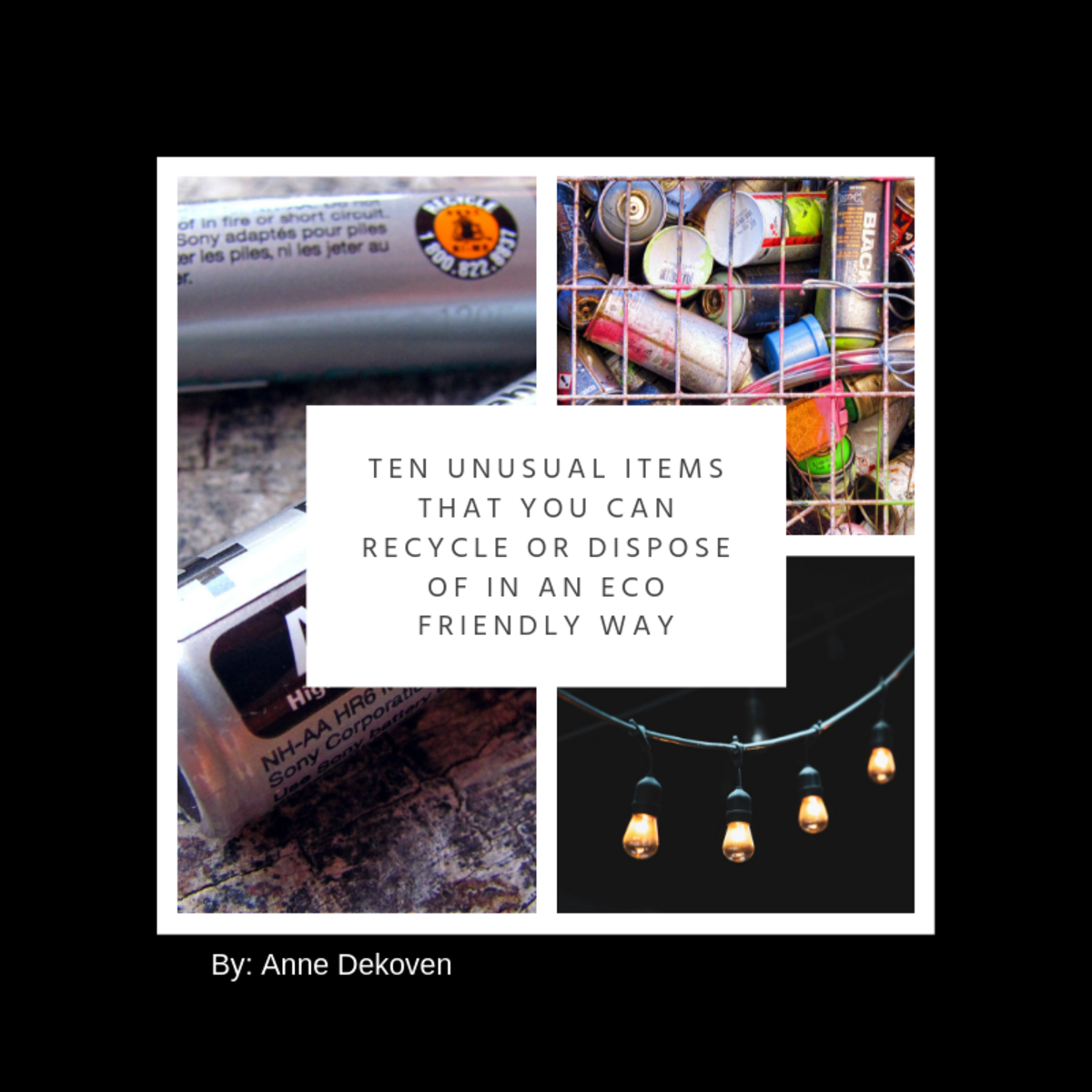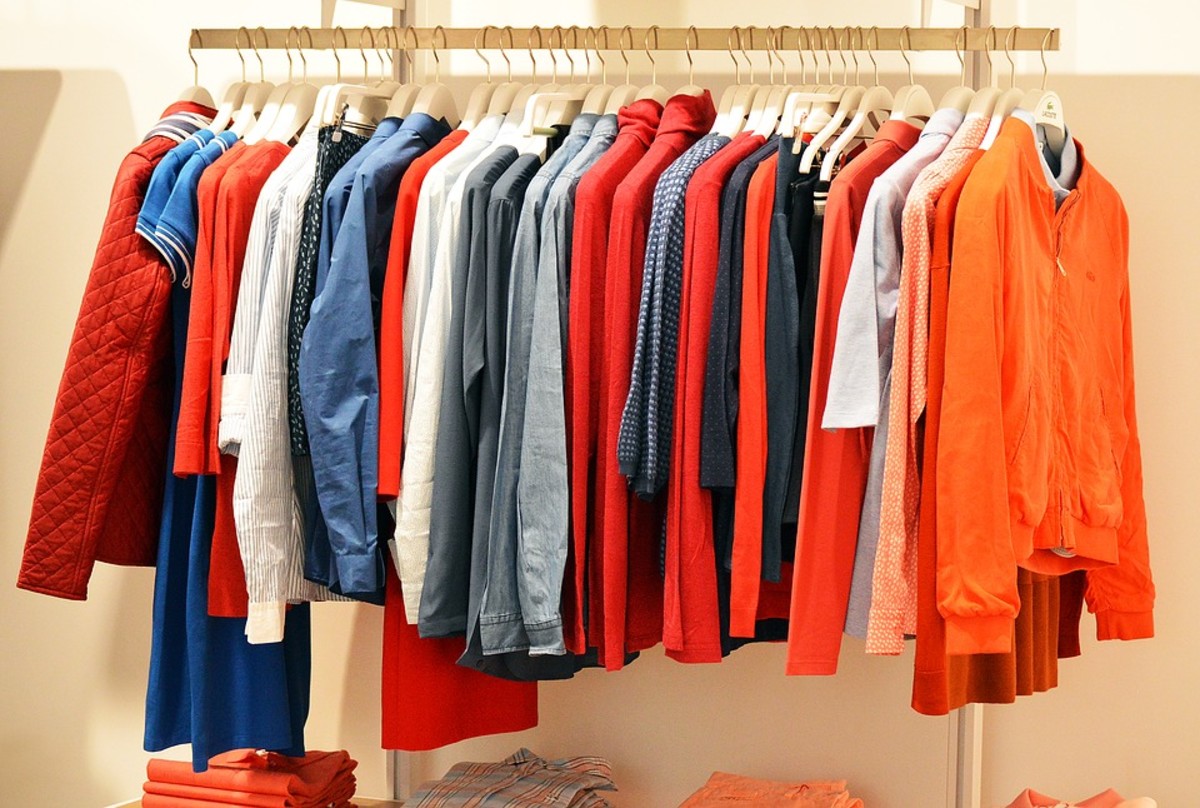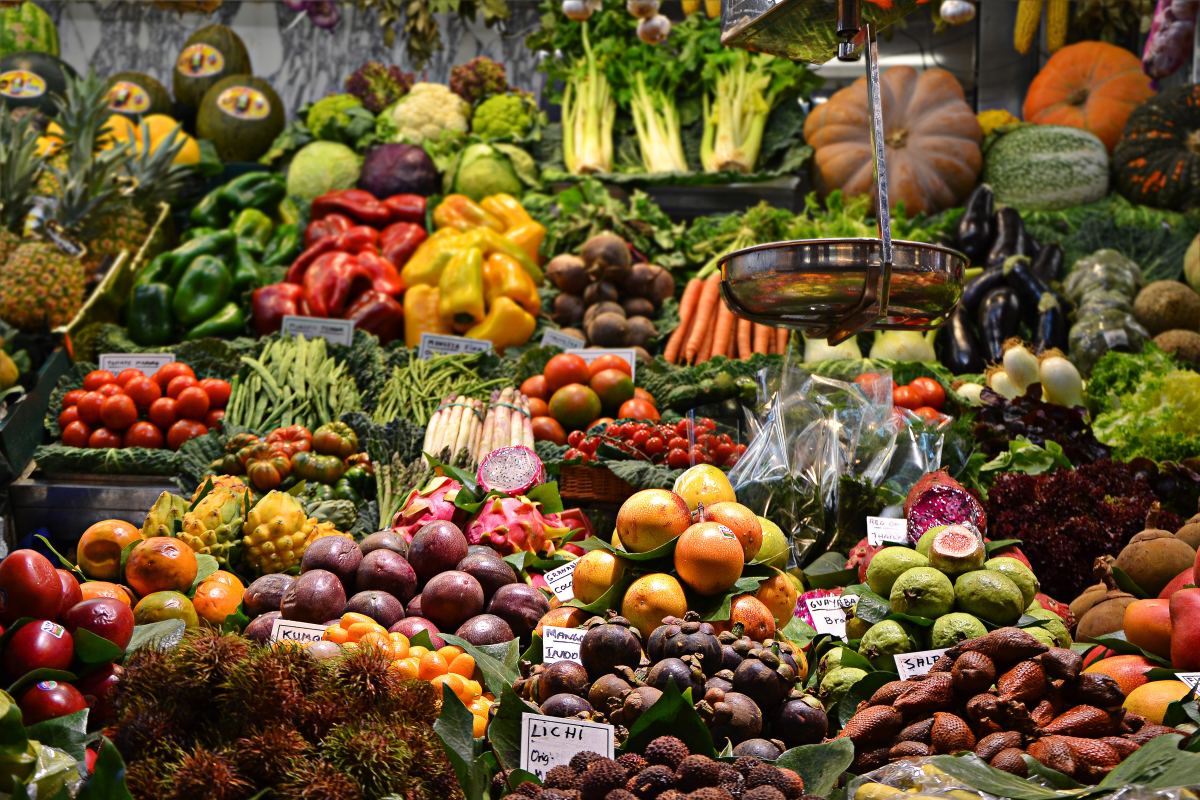How to Be Frugal and Environmental Friendly
Is Being Frugal a Good Thing?
Being frugal is a philosophy of life.
The frugal person, tries to get the most out of each dollar spent, and it can be really fulfilling if you see frugality as a positive thing, nothing to do with being too poor or stingy.
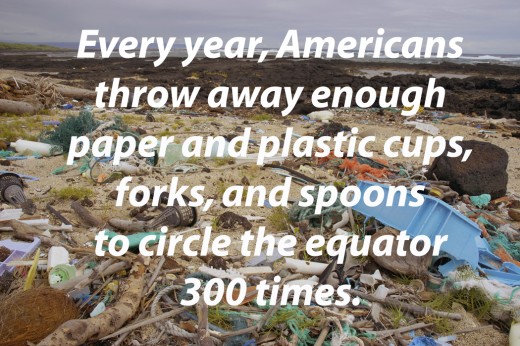
Reduce Consumption: Buy Only What Is Necessary
1. Buy Only What Is Necessary
Every time we purchase something, sooner or later it will produce trash. Trash is a big cost for the environment, from collection, to processing, to pollution. The quantity of trash produced is directly related to how much we consume.
A straight forward way to reduce consumption, and therefore trash, is to think before you buy any product: “Do I really need to buy/use this?”, "Is there any cheaper/less polluting option?"
Choose Lower Waste Options
2. Choose Low-Trash Options
It may be a while before the items we buy get to be trash, but their packaging is destined to the dumpster.
When you are buying, consider the most eco-friendly options. From reusable bags, to plastic-free tomatoes; from second-hand buying, to choosing reusable/refillable items.
Some examples:
- Instead of bottled water, choose tap water (many bottled waters are from tap anyway); if you don’t like the taste, use a water filter.
- Replace paper towels with cloth towels or cut up old t-shirt. Wash and reuse.
- Replace paper napkins with cloth ones. Wash and reuse.
- Don’t waste food. Plan your meals using all perishable food, eat the leftovers the next day or freeze them. Prevent wasting bread by putting few slices at a time into freezer bags and store them in the freezer. Keep the first half of the loaf fresh. When you get down to the last few slices, start “unfreezing” the frozen bread. You can also save money (and use less plastic) by easily washing and reusing the bags each time.
- Make your own compost from kitchen scraps and biological waste. Or check if around you there is a free food waste composting program

Use Natural Resources Wisely
3. Save Energy
As the Native Americans used to say: “We do not inherit the earth from our ancestors, we borrow it from our children.”
By conserving, you save resources for future generations and decrease your ecological footprint, while saving some money.
- Save energy. Shut the door, turn off the light, and adjust the thermostat.
- Save gasoline. Plan errands so you have to drive less, carpool.
Next time you buy a car, go for a hybrid or electric model.
- Save water. Turn off the water while you brush your teeth and while you soap up in the shower.
Switch to a water saving toilet flushing system.
Parent Tip: If your kids love to take baths, put a piece of electrical tape on the inside of the bathtub to let them know when they should turn the water off.
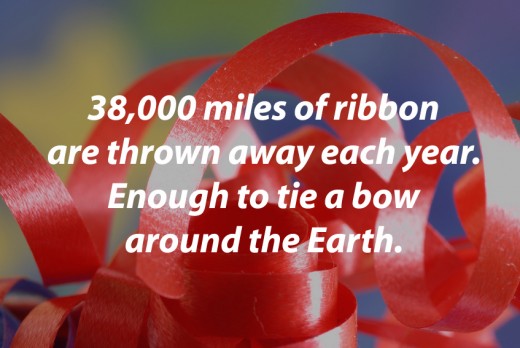
Reuse and Re-Purpose
4. Think Twice Before Throwing Away
Make products' life longer by creatively find alternative uses for them. This include serving the same function, like the glass milk bottles, or finding creative ones, like sewing a pair of old blue jeans into a beach bag.
- Reuse what you have, buy used, repair broken items, and try to wear things out.
- Re-utilize wrapping supplies: gift bags, bows, ribbons and sheets of wrapping paper can often be reused to wrap other gifts.
- Find new uses for old holiday cards. Utilize card fronts as gift tags, materials for the kids’ art bin, and to add some pizzazz to plain gift bags.
- Re-purpose toothbrushes: use them for cleaning tough-to-reach places such as tile grouts and sink drains. The handle is good for creating a hole for seeds in the garden.
- Use both sides of each piece of paper.
- Donate what you don't use to charity.
- Re-Purpose trash creatively. Examples: Collect the plastic rings that hold six-packs together, tie them together with fishing line and make a sturdy, lightweight hammock. Use the plastic mesh bags that hold fruits and veggies to store kids toys in the bathtub.

Recycle
5. Recycling Reduces the Need for Materials
Recycling turns a product at the end of its useful life into valuable resources by breaking it down to the essential components and then using all or part of it to make another product.
Waste prevention and recycling reduce greenhouse gases associated with disposal of solid waste by reducing methane emissions, saving energy, and increasing forest carbon sequestration.
- Know the rules. Each city has different rules on what can be collected for recycling and what they can't process. Make sure you know what's acceptable before you put it in the blue bin for curb side pick up.
- Recycle your water. If you have the possibility, consider creating a system to recycle the rainwater to water for your lawn.
Use the leftover bathwater to water your garden.
- Buy recycled. Supporting recycled products you eliminate the need to extract more virgin materials.
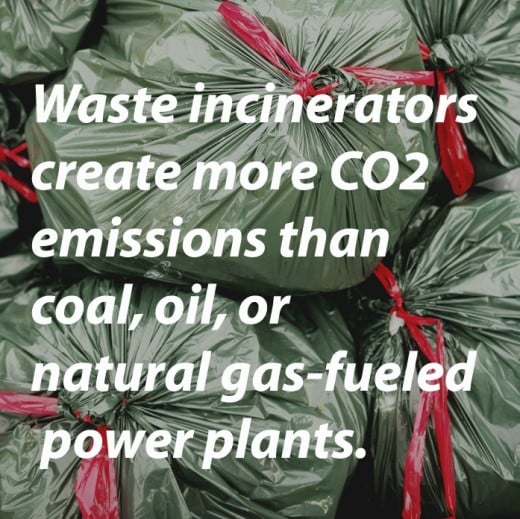
Trash Talk - Facts About Waste
Most of the trash we produce gets burned or buried in landfills. The disposal of solid waste produces greenhouse gas emissions in a number of ways.
-
In landfills - the anaerobic decomposition of waste produces methane, a greenhouse gas 21 times more potent than carbon dioxide.
-
From incinerators - incineration of waste produces carbon dioxide as a by-product.
-
On the road - the transportation of waste to disposal sites produces greenhouse gas emissions from the combustion of the fuel used in the equipment.
-
Replacements - the disposal of materials indicates that they are being replaced by new products; this production often requires the use of fossil fuels to obtain raw materials and manufacture the items.
This content is accurate and true to the best of the author’s knowledge and is not meant to substitute for formal and individualized advice from a qualified professional.
© 2012 Robie Benve


